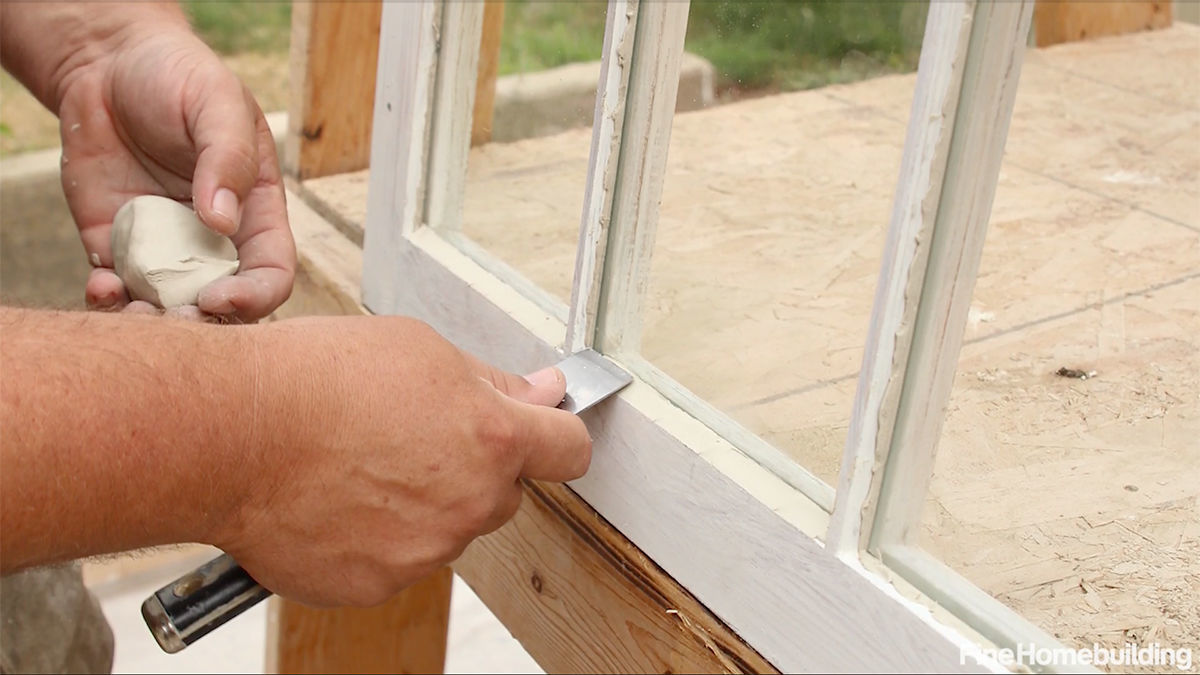The Role of an Experienced Glazier: Skills, Responsibilities, and More
Glaziers play an essential role in the building and renovation markets. An experienced glazier specializes in the installation, replacement, and repair of glass in numerous applications, from windows to storefronts and glass façades. This short article will dig into the requirements, responsibilities, and abilities necessary to excel in this field, supplying both striving glaziers and market stakeholders with a comprehensive understanding of the occupation.
What is a Glazier?
A glazier is a skilled tradesperson who deals with glasswork. Their responsibilities typically consist of determining, cutting, and installing glass, in addition to making sure that it satisfies security requirements. They work in a variety of settings, consisting of residential, commercial, and industrial, making use of tools and strategies particular to glass control.
Key Responsibilities of an Experienced Glazier
An experienced glazier handles a broad spectrum of jobs, which can be categorized into the following locations:
Measurement and Layout:
- Assessing task requirements and determining areas to figure out the suitable glass sizes.
- Creating designs that enhance the usage of materials while complying with design specifications.
Cutting and Shaping Glass:
- Using customized tools to cut glass sheets to precise measurements.
- Shaping and polishing edges to guarantee security and looks.
Installation:
- Installing glass in various structures, including windows, doors, and walls.
- Making use of structures and sealants to secure the glass properly.
Repair and Replacement:
- Diagnosing concerns with existing glass installations and determining the very best strategy, whether it be repair or replacement.
- Working with various types of glass, such as tempered, laminated, or insulated glass.
Safety Compliance:
- Following security standards and policies to prevent mishaps and guarantee the structural stability of installations.
- Effectively handling harmful materials, particularly when dealing with broken or tempered glass.
Required Skills and Qualifications
To become an experienced glazier, one ought to establish a particular set of skills and obtain pertinent certifications. Here are some crucial skills:
- Attention to Detail: Precision in determining and cutting glass is vital.
- Physical Strength and Stamina: The task often requires lifting heavy glass pieces and extended periods of standing.
- Problem-Solving Skills: The capability to repair and address unforeseen difficulties during setups and repair work.
- Security Knowledge: Understanding security standards surrounding glasswork and construction.
Educational Pathways
While formal education is not always a strict requirement for glaziers, acquiring a high school diploma or GED is typically anticipated. Many glaziers find out through apprenticeships, which generally last three to 4 years. Throughout this time, they receive hands-on training under the assistance of experienced specialists. Additionally, browse this site provide programs in construction or glass innovation that can supply valuable education in this field.
The Impact of Technology
Developments in technology have actually also affected the glazier profession. Digital tools now permit for precise measurements and designs, streamlining the process of cutting and fitting glass. Many experienced glaziers are embracing Computer-Aided Design (CAD) software, which assists picture projects before they are physically developed.
The Outlook for Glaziers
The job outlook for glaziers appears appealing. According to the Bureau of Labor Statistics, employment in this field is predicted to grow as the building and construction market expands. Furthermore, an increasing focus on energy-efficient and visually pleasing structures will drive demand for high-quality glass installations.
Work Environment and Conditions
Experienced glaziers can be discovered working in different environments:
- Construction Sites: Often include direct exposure to aspects and operating at heights.
- Manufacturing Facilities: Some glaziers may be included in the production of glass items.
- Renovation Projects: This may consist of residential homes or historical structures requiring specialized glasswork.
Regularly Asked Questions (FAQs)
What types of projects do glaziers normally deal with?
Glaziers work on numerous tasks, consisting of residential window setups, commercial shops, shower enclosures, glass railings, and more.
Is certification needed for glaziers?
Certification is not mandatory, however getting professional accreditation (like those used by the National Glass Association) might boost task potential customers and show proficiency.
What tools do glaziers use?
Common tools include glass cutters, suction cups, chisels, and levels, along with various adhesives and sealants.
What precaution do glaziers require to follow?
Glaziers must wear security goggles, protected work areas, and utilize appropriate lifting strategies to avoid injuries.
An experienced glazier is important to the building and construction and restoration sectors, bringing skill and precision to glass-related jobs that add to the visual and practical aspects of structures. Through education, apprenticeship, and a commitment to safety and quality, individuals can build effective careers in this field, adapting to technological advancements and industry needs. The future looks bright for glaziers as the building and construction sector progresses, making sure that their know-how will remain in high need.
By comprehending the multifaceted role of glaziers, both existing and hopeful experts can appreciate the breadth of abilities and duties associated with this necessary trade. As metropolitan environments continue to develop, the contributions of skilled glaziers will remain essential in producing practical and aesthetically attractive structures.

